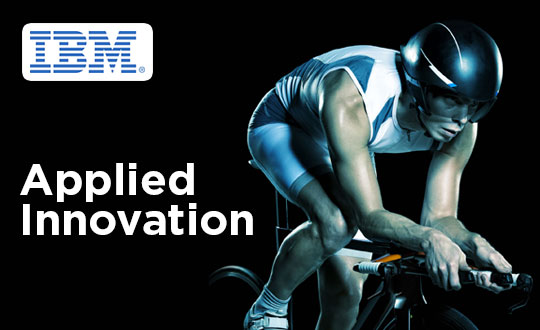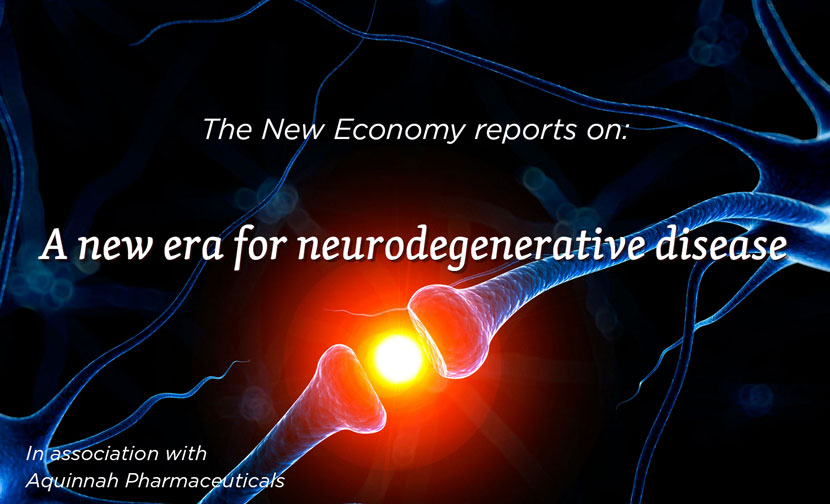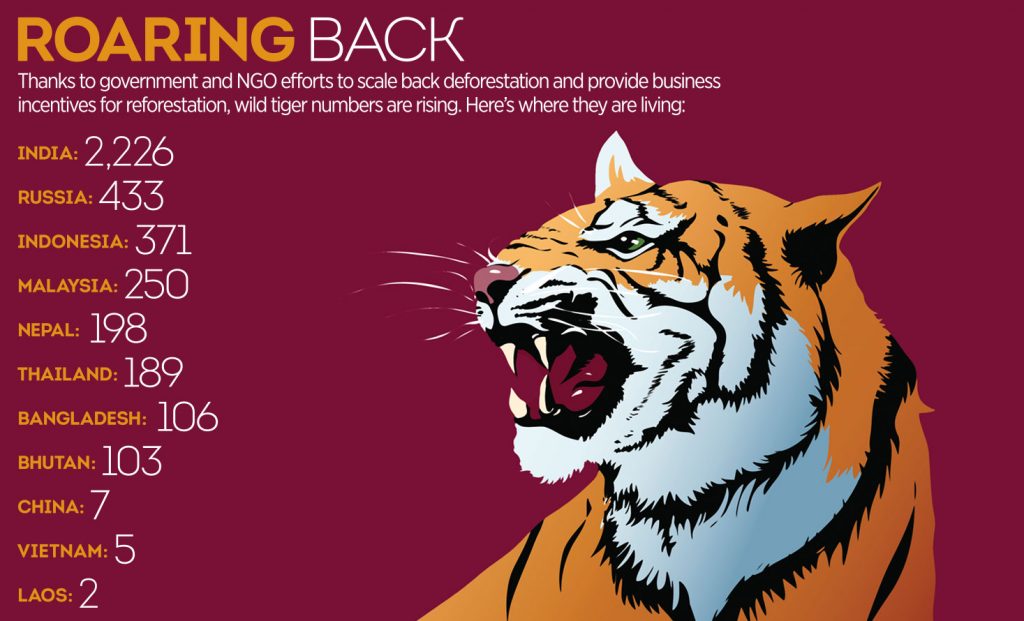A smart approach to the future
The energy landscape is characterised by several key drivers, the three main ones being growing energy demand, the need for sustainability and global pressure to cut CO2 emissions, writes Heike Onken, Siemens AG Energy Sector
The energy landscape is characterised by several key drivers, the three main ones being growing energy demand, the need for sustainability and global pressure to cut CO2 emissions, writes Heike Onken, Siemens AG Energy Sector
By 2030, power consumption is expected to have grown from today’s 20,000TWh to roughly 33,000TWh; that’s a leap of over 60 percent.
The primary cause of growth is demographic change – more people need more electricity. As living standards improve, so does the use of electrical devices, equipment and machines. This is especially pronounced in urban centres.
As demand growth continues and energy prices rise, countries are also looking to reduce their reliance on foreign energy sources. We have to optimise the use of energy sources that are becoming increasingly scarce. The whole sustainability issue, combined with the global pressure to cut CO2 emissions, has seen a massive move towards renewables. In Europe and the US more renewable capacity, in particular wind, has been added than any other form of generation. These renewables have to be effectively integrated into the grid.
Siemens is the only company with products and solutions for the entire energy chain, from oil and gas production to power generation, as well as distribution and transmission, right down to private homes. This means Siemens is well∞positioned to meet the global need for increased electrification and the supply of clean, sustainable power.
Growing demand and urbanisation calls for greater grid investment in order to improve electrification. China is a good example of where Siemens’ high voltage direct current (HVDC) systems are being used to transmit clean hydropower over large distances to where the power is needed. Utilising hydropower in China is also a good example of making use of sustainable resources.
At the same time, it helps to cut CO2 emissions. Siemens is a strong player in clean renewables. Siemens Wind Power offers highly efficient, solid and reliable wind turbines for both onshore and offshore wind farms. Siemens’ solar business is also growing rapidly. We are focusing on two technologies – large-scale photovoltaic plants and concentrating solar plants. Our unique expertise and experience throughout the entire energy conversion chain helps us take advantage of the full potential of these technologies and make the most of an investment in solar power. We are also improving the efficiency of our fossil fuel plants, which in turn reduces fuel use and emissions.
So the question is: What is the role of the power grid in meeting the goals of the changing energy sector and what are the limitations of today’s grids?
The power grid plays a crucial role in the changing generating mix. In the future, the huge demand for energy will, to a greater extent, be met by renewable sources. The growth in generation from variable sources, such as solar and wind, is having the biggest impact.
Such a high degree of renewables cannot be properly accommodated without a properly adapted transmission and distribution grid. Most of today’s power grids were built decades ago and do not have the capacity or flexibility to handle the amount of variable generation coming on to the grid. Today, generation from fossil energy sources follows load – i.e. the generation is adjusted according to forecasted load. By the end of the 21st century, in a sustainable energy system, load will follow generation – i.e. the load is managed according to generation from renewable energy sources. Therefore we need a grid that can balance fluctuating renewable generation with demand and we need to achieve a scenario where load follows demand. Additionally, consumers may turn into “prosumers’ – entities that both produce and consume electricity. The grid will also have to be adapted for the eventual rollout of electric vehicles – a prosumer that not only needs to have
a charging infrastructure but also has to be able to feed energy back into the grid to help balance fluctuating generation.
These new highly efficient grids therefore need to be made ‘smart’ so that they can respond to load shifting.
Importantly, they also have to be blackout-proof, with built-in capabilities to prevent outages and effect automatic restoration in the event of emergencies.
Developing a grid with these capabilities will require significant deployment of IT to provide an intelligent network that allows bi-directional communication between electricity suppliers and prosumers. Smart grids will permit the control of distributed and renewable generation, as well as more reliable forecasting and planning. Decentralised power generation would be managed like a single power plant, allowing power producers to optimise generation costs and the use of grid assets. This will all be balanced against the maximum use of CO2-free energy.
Through Smart grids, energy providers can offer smart metering and better billing. The benefits for the consumer could be tremendous. They will have the possibility to monitor and manage their energy use. Controlling smart equipment in their homes, for example washing machines and other domestic appliances that switch on automatically when tariffs are low, would also be possible.
Siemens covers every aspect of the smart grid. We have provided intelligent energy automation solutions for many decades and have the know-how for complex interacting systems in grid operation. Siemens is already a world-leading provider of technologies like HVDC and FACTS, energy management systems and products for grid automation. We cover everything – generation, grids, consumption, buildings and industrial automation. Siemens has worked with its customers to develop tailored solutions in several areas.
The ONCOR project in the US for example utilises the implementation of a smart energy management system on a distribution grid covering a 120,000km2 area. The system helps to reduce outage time by delivering solutions for outage management, energy management and mobile workforce management.
We have also implemented a ‘Virtual Power Plant’ or VPP for RWE, which has already been in operation since 2008. A VPP aggregates the capacity of many diverse distributed energy resources (DER), to create a single operating profile. Essentially a customer’s portfolio of buildings and optimised supply and demand-side energy resources is transformed into a 24/7 virtual power plant. Siemens’ decentralised energy management system (DEMS) helps generators get a grip on all the above-mentioned distributed energy sources and intelligent loads. With DEMS, distributed power generating units can be combined with intelligent loads to form a large-scale virtual power plant. The system uses important information, such as weather forecasts, current electricity prices, and energy demands, which forms the basis for drawing up and monitoring a generally optimised dispatch plan.
In the area of transmission system reliability and security, we provide a software solution called SIGUARD, which processes data of connected Phasor Measurement Units in real time. This system is used to monitor power system dynamics and to analyse large area outages in detail. This is a powerful tool that helps to reduce the risk of blackouts.
New requirements are arising for automation, monitoring control and protection of distribution substations and ring main units. Today’s distribution grid operation is mainly characterised by manual procedures. To meet the challenges of tomorrow’s grids we are enhancing our control centre solution to enable a smart, self-healing grid, combining excellent capabilities for integration of distributed and renewable generation and demand response.
Siemens offers complete solution packages for smart metering and distribution network automation. Our ‘Meter-to-Bill’ solution combines sophisticated metering functions, the management of distribution networks, and the integration of back-end IT systems. It is specifically designed to suit the new challenges that liberalised energy markets pose to distribution network operators and energy retailers.
On the demand side, Siemens’ smart building solutions help users to take advantage of automated demand response programmes to optimise interactivity with the smart grid for maximum energy savings.
Our uniquely broad presence in the energy sector is definitely an advantage. It gives us a full understanding of how the various links in the energy conversion chain connect. We are therefore one of the few players able to meet the challenge of delivering the complete smart grid.
Further information:
Heike Onken
Siemens AG Energy Sector
Power Distribution Division
Energy Automation
Humboldtstr. 59
90459 Nuremberg
Germany
heike.onken@siemens.com













